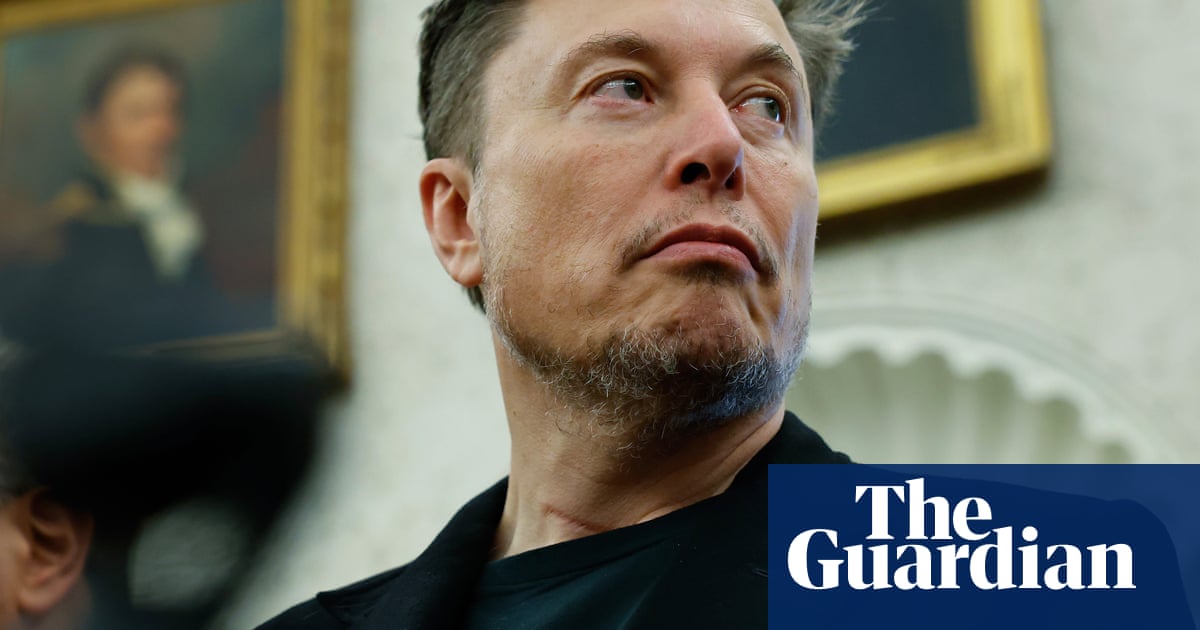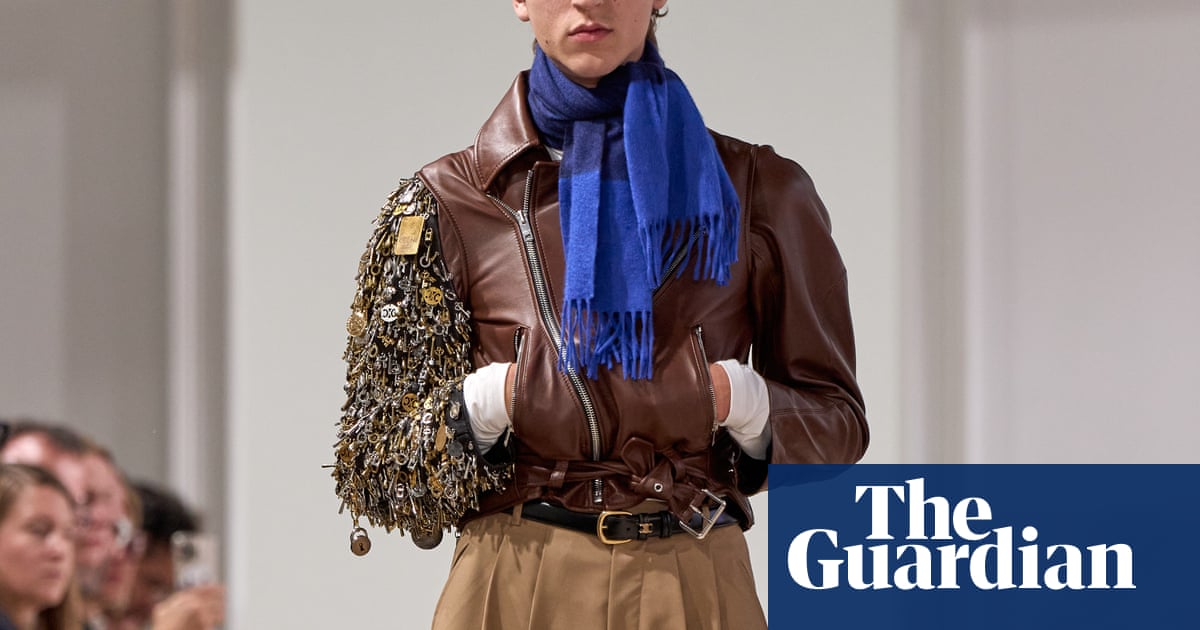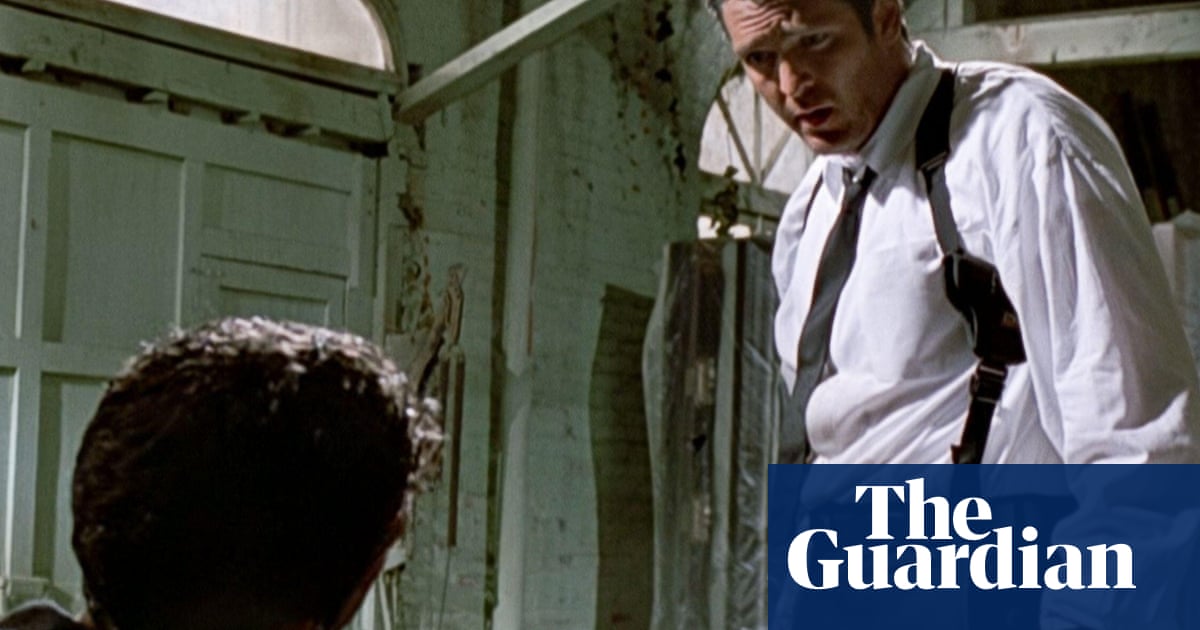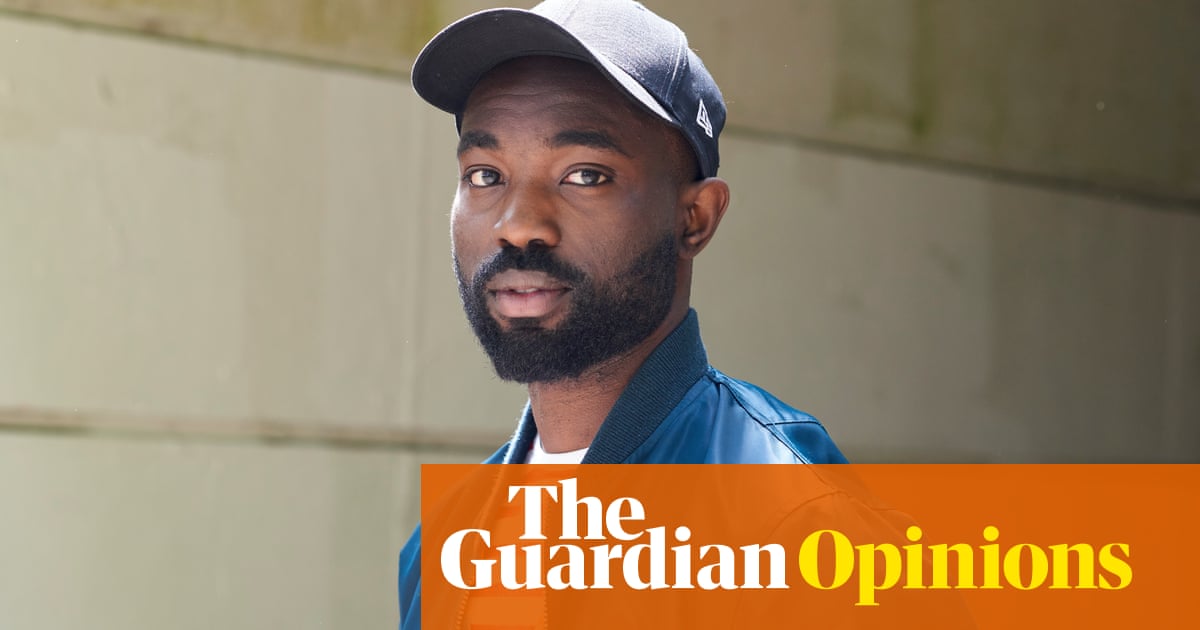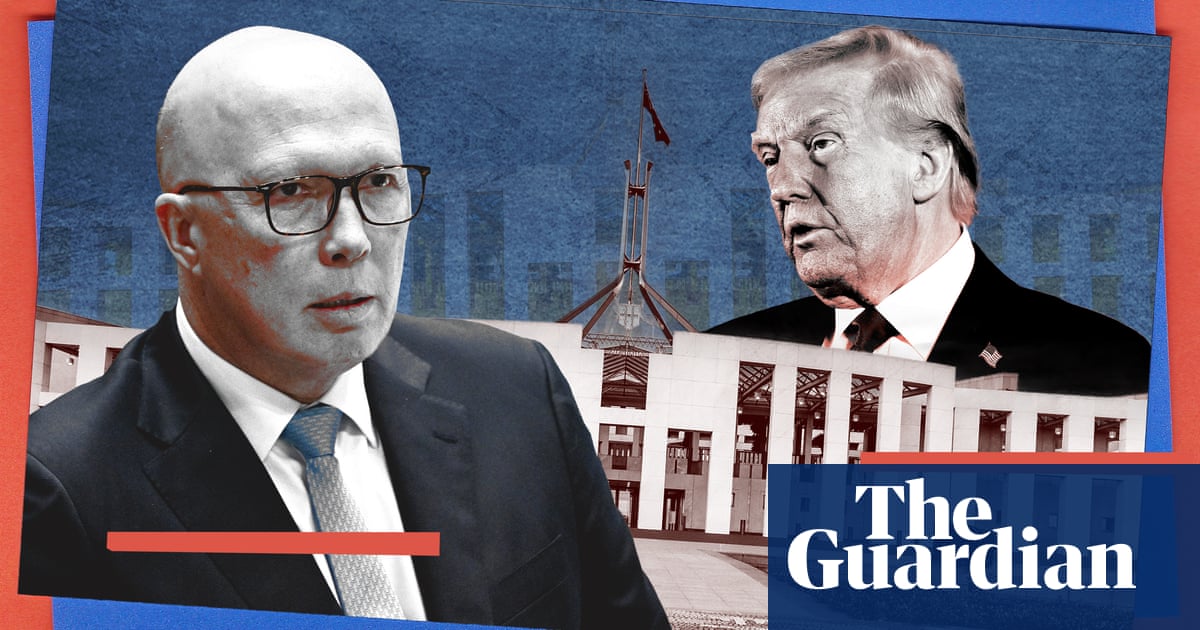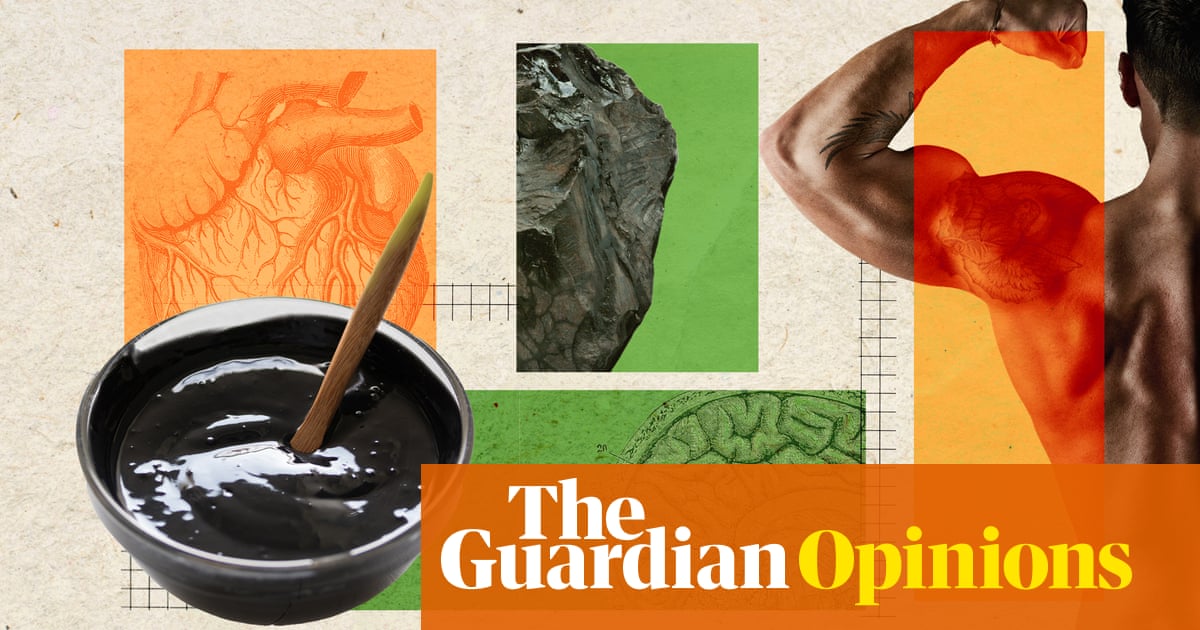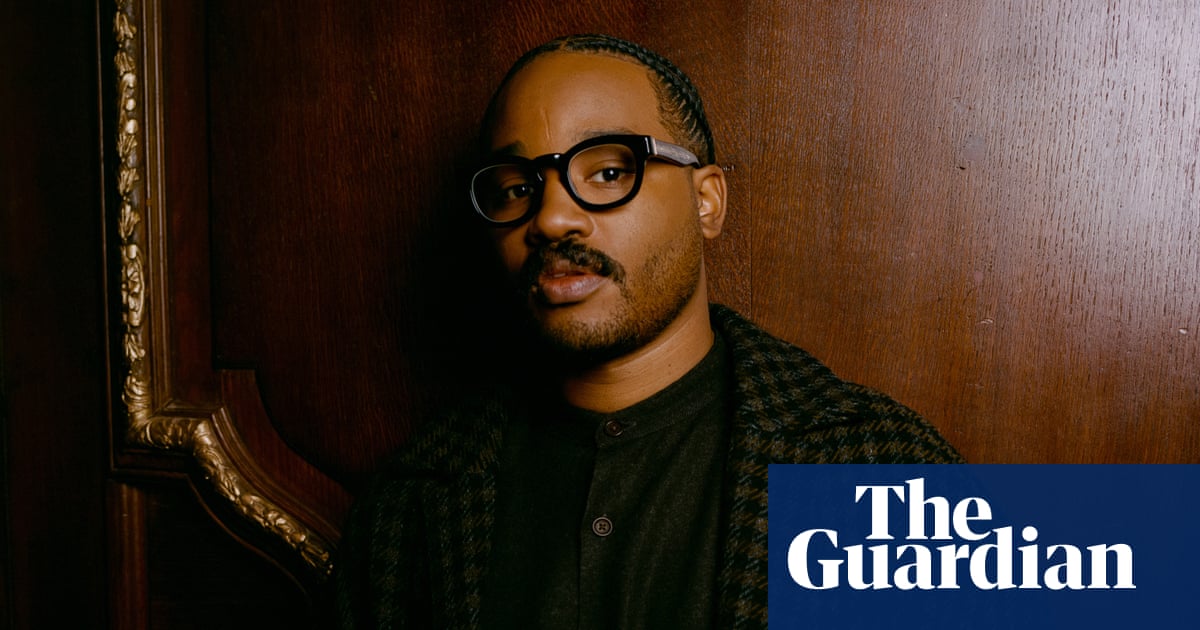As a self-evidently gay man, I’ve generally been spared the awkwardness of coming out. That was, until I became a Swiftie. In recent years I have become adept at gauging the temperature of a room before revealing my predilection. Is this a safe space? Will I be sidelined or treated as a pervert because of who I choose to love? Should I lie, or just be evasive? I want to live authentically, but at what cost?
Taylor Swift is at once the closest thing we have to a monoculture and the most divisive pop star of modern times. As a self-identified Swiftie, I believe her gift lies in the ability to take hyper-specific experiences and render them universal. I’ve never performed a 149-date world tour while reeling from the heartbreak of having been ghosted by Matty Healy of the 1975, but listening to I Can Do It With a Broken Heart, her song about that indignity, has helped me put on a brave face when faced by life’s more quotidian challenges. By writing a 10-minute epic about her three-month fling with Jake Gyllenhaal, Taylor gives fans space to mourn our own failed situationships or private disappointments – however fleeting or insignificant they may appear to others.
When I come out as a Swiftie, I’m generally met by one of two reactions. It’s either “she saved my life” or “are you joking?” Gay men tend to lean towards the latter. This despite being a demographic typically enthralled by female pop stars, whether they’re “main pop girls” or had two “blink and you miss them” hits 15 years ago (Alexis Jordan, thank you for your service). I’ve tangled with what makes Taylor an exception to this rule. Gay culture thrives on camp and irony, whereas Taylor is aggressively earnest. Her music is designed less for the club and more for yearning over a boy you double-messaged in 2015 and never heard back from.
Typically, gay men like to be perceived as tastemakers, considering anything once cool to be tragic the second it hits the mainstream. We police celebrities with the same critical eye that we cast on ourselves (try having self-esteem when gay Twitter has you convinced that Chris Pratt has a “dad bod”). Taylor is unavoidably uncool: the consensus is that she is allergic to “serving” on a red carpet and has a charming dorkiness which no cavalry of stylists seems equipped to eradicate.
From Judy Garland to Britney Spears, gay men tend to idolise stars with tragic backstories, equating their struggles with our own, and finding strength in their strength. Taylor is the furthest thing from an underdog. While Mariah Carey says her sister attempted to pimp her when she was 12, Taylor was raised by bankers on a Christmas tree farm and given a gender-neutral name in order to succeed in corporate America (as she arguably has). Her own perceived sense of victimhood centres on tales of high school ostracism and being interrupted by Kanye West at an awards show in 2009 – an event that has been referenced on four of her subsequent albums, most recently last year. (OK, maybe there is something inherently camp about publicly nursing a 16-year grudge.)
Unlike Madonna or Lady Gaga, she hasn’t explicitly cultivated a gay audience. Her 2006 debut included the lyric: “So go and tell your friends that I’m obsessive and crazy / That’s fine, I’ll tell mine you’re gay.” That version was withdrawn, resulting in a much-memed eBay listing for a “Taylor Swift debut CD (homophobic version)”. In 2019, she was inspired to write the Lover single You Need to Calm Down after a friend pointed out that her position on gay rights was unclear. With lyrics such as “Why are you mad when you could be GLAAD?” – referencing the Gay and Lesbian Alliance Against Defamation – the result was well-meaning but heavy-handed. She played New York City’s Stonewall Inn for a surprise Pride month performance, but her activism stalled soon after. In a relative absence of a consistent stance on the matter, some Swifties – or “gaylors” – have constructed elaborate conspiracy theories about a supposed secret relationship between Taylor and supermodel (and former BFF) Karlie Kloss (arguably two of the straightest women to have ever lived).
I wonder whether the resistance goes deeper. Gay culture encourages us to evolve, reinvent and leave the past behind: if society says you are unworthy for long enough, you start to believe it. The skinny bullied child transforms into a muscled Adonis, essentially becoming the boys we feared in high school. Taylor’s Eras tour embraced all her previous incarnations, however messy or cringe those teenage corkscrew curls and fairytale ballgowns were. Perhaps her refusal to erase her awkward history is confronting for her gay male fans to witness. What if we could all regard our past selves, however naive or clumsy, with tenderness instead of embarrassment?
I love being queer. But being in gay spaces can evoke complicated feelings. There’s joy at having found a sense of belonging that many of us were denied growing up, coupled with the insecurities that arise when a traumatised community starts to eat itself – imposing impossible standards about what counts as hot, aspirational or cool. For me, watching the Eras tour was a comparatively simple pleasure. Surrounded by demented Swifties as I honked along to We Are Never Getting Back Together, I was undeniably cringe. But for three hours, I was free.

 2 months ago
67
2 months ago
67




